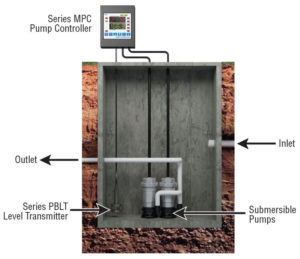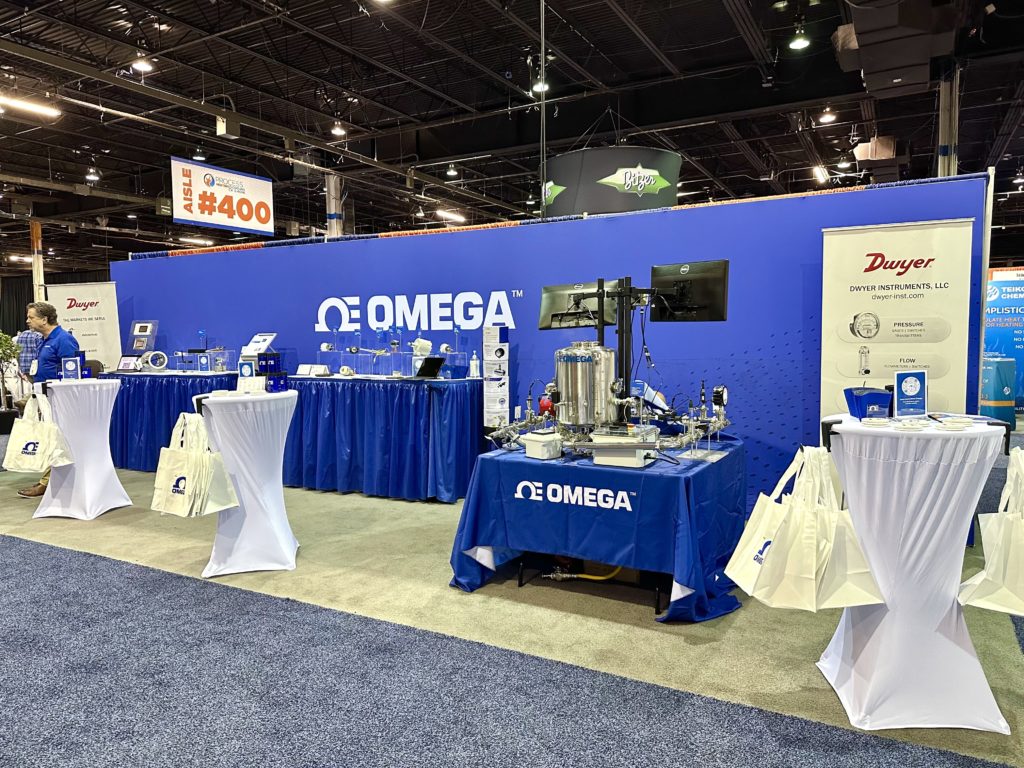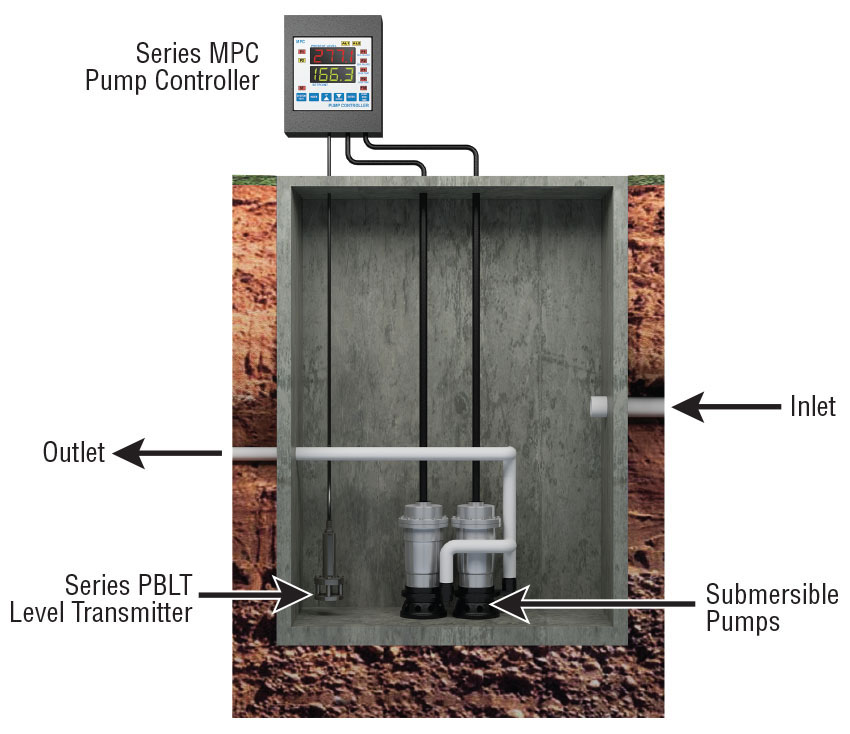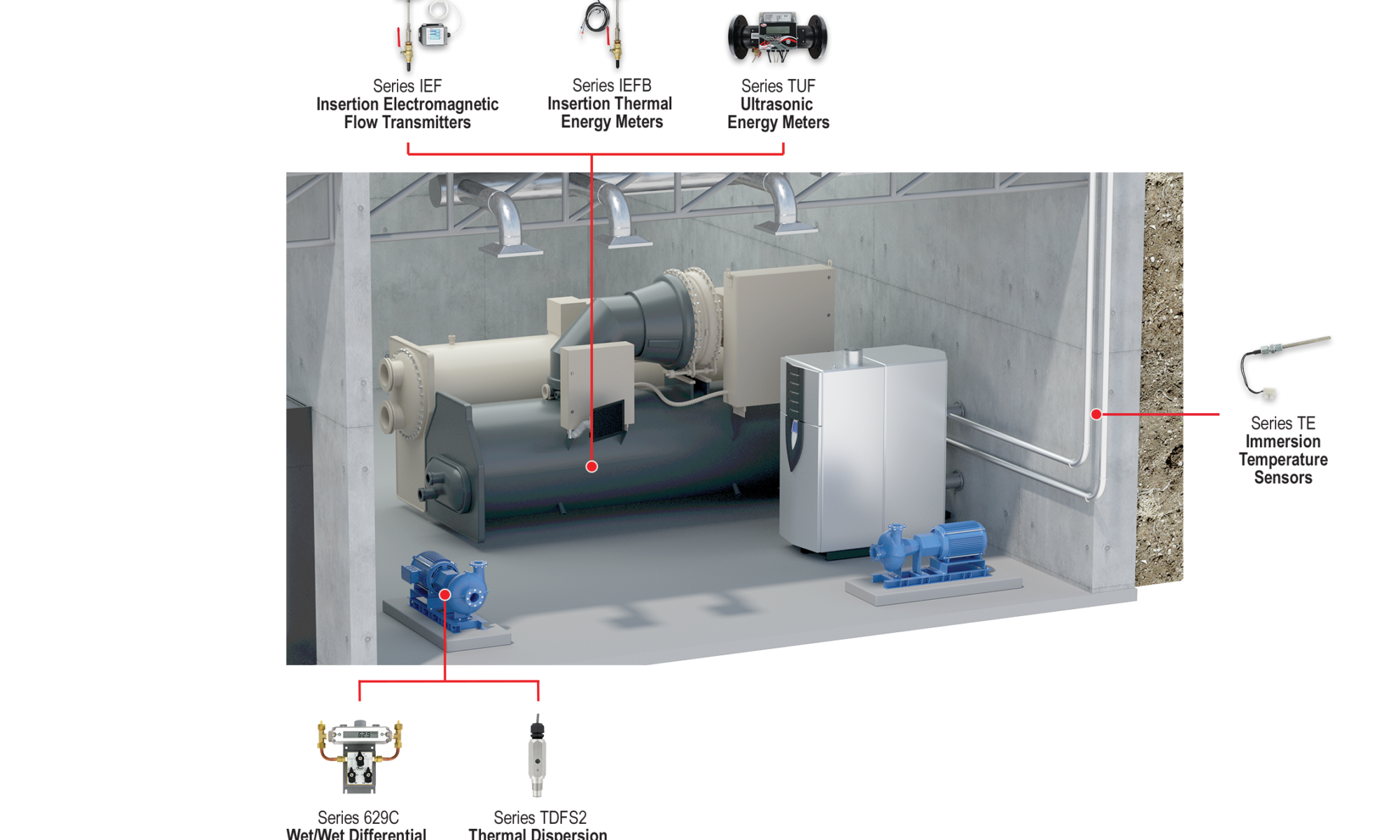 HVAC technicians test, adjust, and balance many different types of indoor environments, from clean rooms and hospitals to schools and offices. Within schools, it’s important that the HVAC system be run thoroughly and efficiently in order to promote learning and health, and to keep expenses down (allowing funds to be channeled into other educational avenues). Proper distribution of air flow can increase comfort, lower energy bills, and maintain a healthy indoor air quality. Continue reading “School HVAC Test & Balance Solutions”
HVAC technicians test, adjust, and balance many different types of indoor environments, from clean rooms and hospitals to schools and offices. Within schools, it’s important that the HVAC system be run thoroughly and efficiently in order to promote learning and health, and to keep expenses down (allowing funds to be channeled into other educational avenues). Proper distribution of air flow can increase comfort, lower energy bills, and maintain a healthy indoor air quality. Continue reading “School HVAC Test & Balance Solutions”
Pump Controller with Level Transmitter Control Pumps in Wastewater Lift Stations

Lift stations are used to transmit wastewater to a treatment facility. In residential areas, lift stations may be located in a central point to a subdivision or community. Lift stations are pits located at points in the wastewater system to collect the wastewater and usually have two submersible pumps. In order to use gravity to move the wastewater along, it must be continually elevated to provide height to generate the flow. Wastewater in the lift station is pumped out to a higher level, from where it can flow on to the next lift station or to the treatment facility. As excavation and trenching for sewer pipes can be costly, using lift stations (and gravity) saves a substantial amount of money. Continue reading “Pump Controller with Level Transmitter Control Pumps in Wastewater Lift Stations”
Visit Us at the Process Heating & Cooling Show!
It’s here! The Process Heating & Cooling Show kicks off today at the Donald E. Stephens Convention Center in Rosemont, IL. Be sure to stop by booth 313 to meet the Dwyer Instruments and Omega Engineering teams, and learn how we can help with your next process automation project.

We will have a flow bench at the booth where you can see our products in action including the latest temperature, pressure, flow, and industrial internet of things (IIoT) technologies. Continue reading “Visit Us at the Process Heating & Cooling Show!”
School Energy Monitoring Solutions
 We talk a lot on this blog about the importance of indoor air quality in schools to boost students’ well-being. Also important to the school building is ensuring that the building is energy efficient – the dollars saved by reducing energy consumption can be used to further improve school facilities and enhance students’ learning environments. Continue reading “School Energy Monitoring Solutions”
We talk a lot on this blog about the importance of indoor air quality in schools to boost students’ well-being. Also important to the school building is ensuring that the building is energy efficient – the dollars saved by reducing energy consumption can be used to further improve school facilities and enhance students’ learning environments. Continue reading “School Energy Monitoring Solutions”
Differential Pressure Switch/Gage within Semiconductor Fabs
In simple terms, a semiconductor transistor is a part with specific electronic properties that allow it to serve as a component in microchips and modern electronics like phones, laptops, and more. As these components are small and require precise manufacturing methods, there are facilities dedicated to their manufacture.
![]()
These facilities consist of several levels including air handlers and scrubbers for exhaust, HEPA room, fab cleanroom, and subfab areas. The control of differential pressure within the facility is essential for the safety of both equipment and personnel. Continue reading “Differential Pressure Switch/Gage within Semiconductor Fabs”



